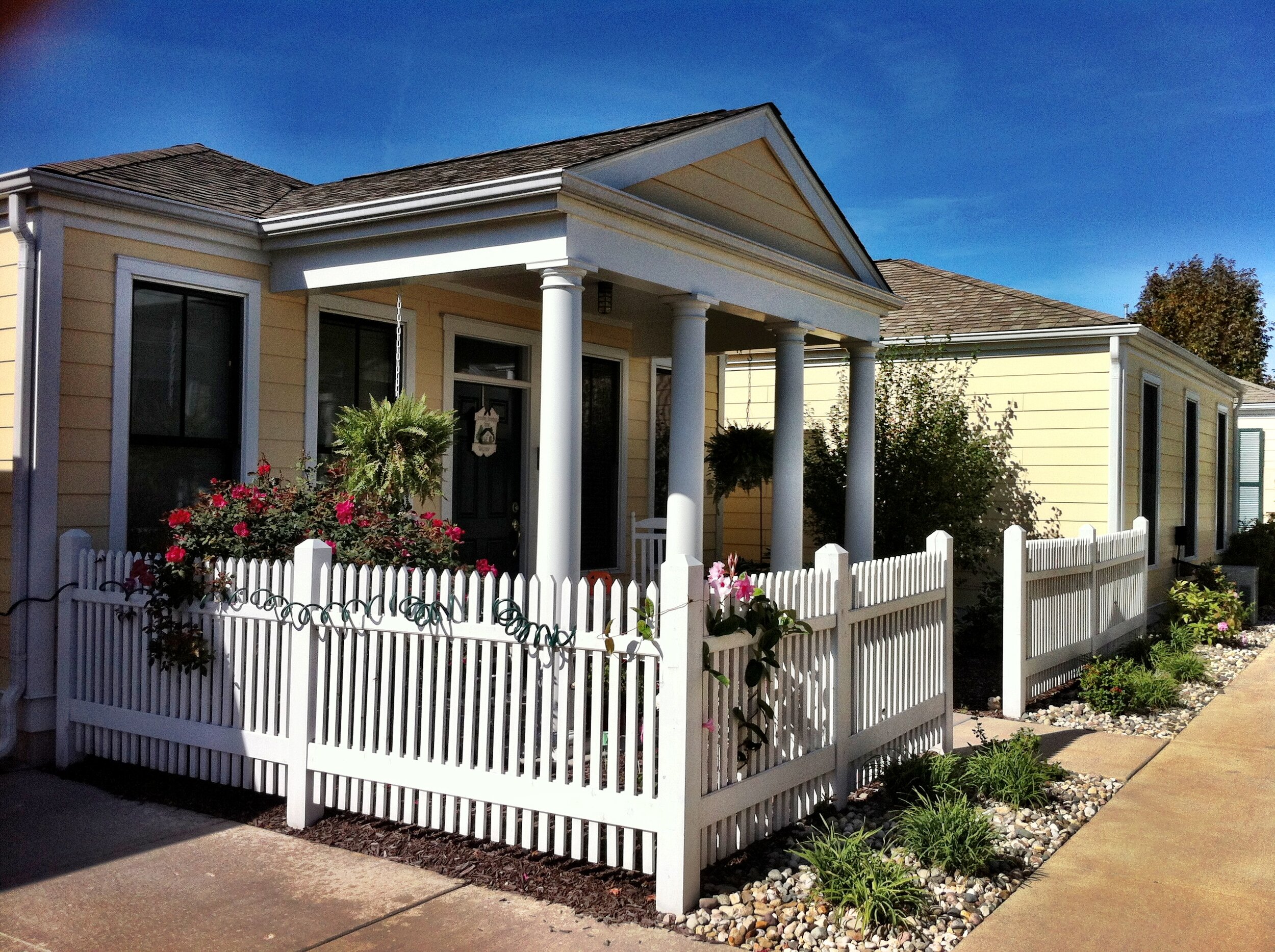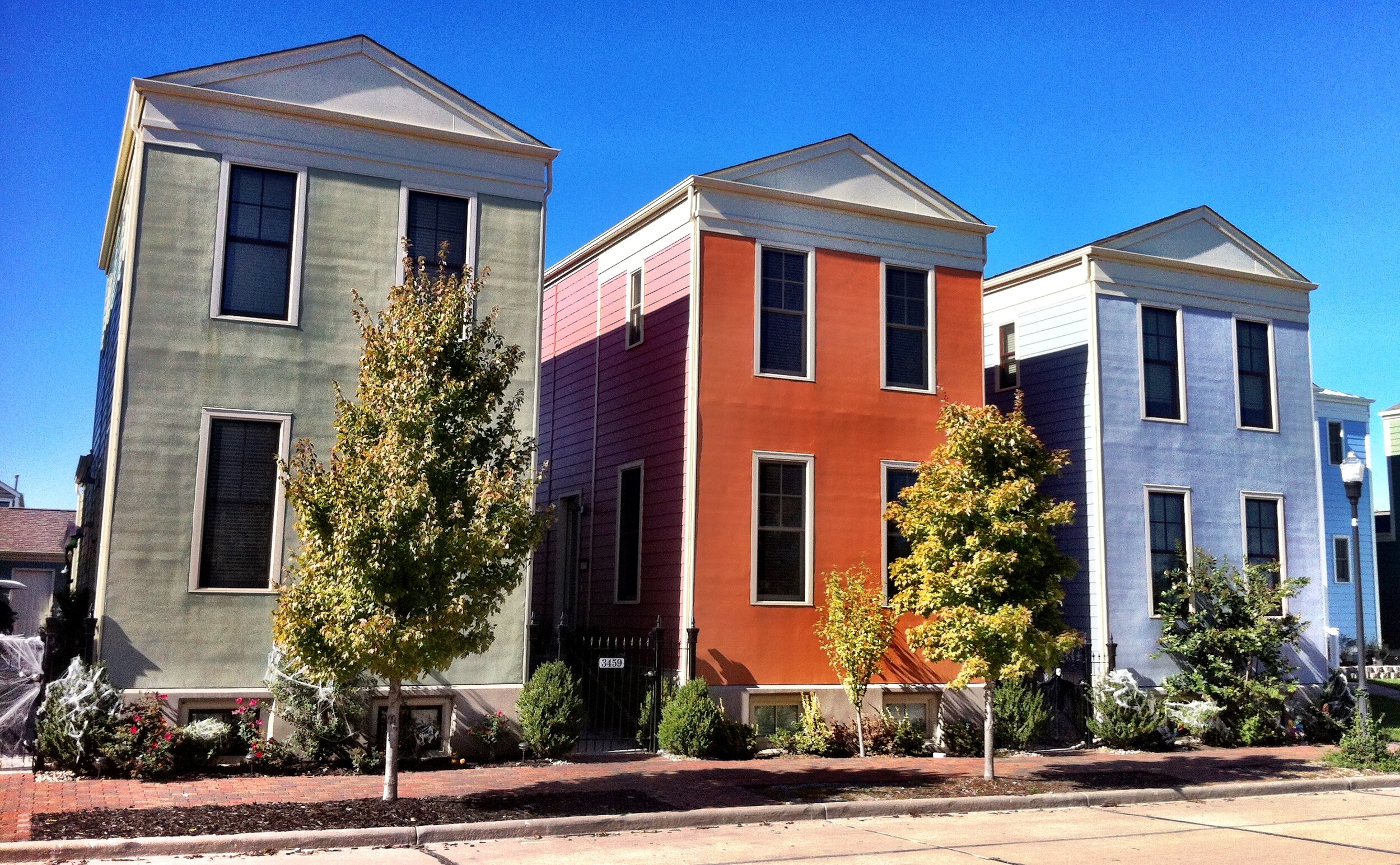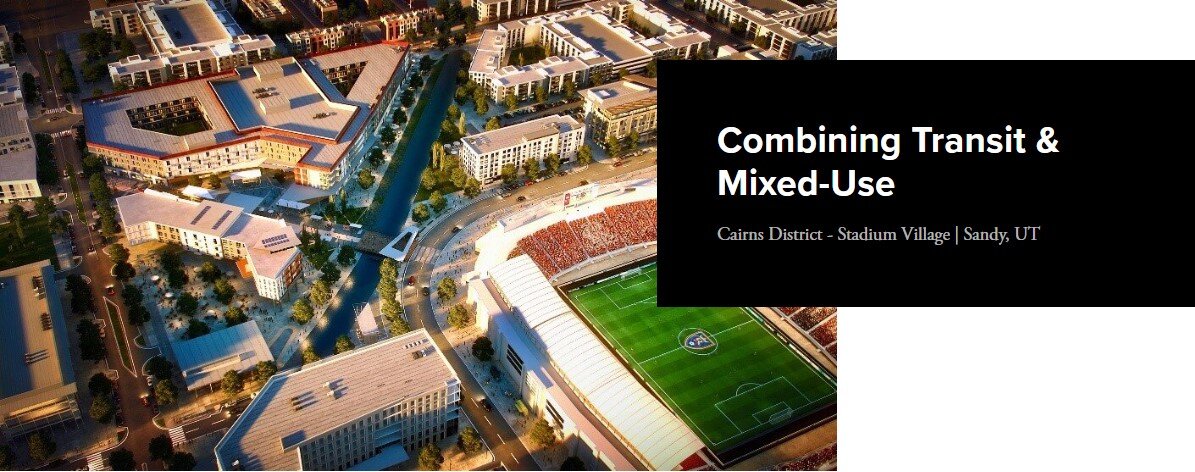Utah has been fighting a losing battle against the delivery of affordable housing for at least the past decade. The present battle dates back to the Great Recession which hit its peak in Utah back in 2008. The Great Recession offered an opportunity to look at bad habits and to restructure common practices - in the way of policy, economics and market practices.
At that time home prices were peaking across the country. Utah, being a much more conservative market than many others, didn’t experience the steep run up in home prices experienced in other markets. They did experience a run up, but not to the likes of Phoenix or Las Vegas. The silver lining in this is that Utah also didn’t experience the sharp drop off that other markets had to weather. Utah wasn’t exempt from the pain delivered during the trough of the Great Recession but were fortunate to have not experienced the catastrophic levels of pain that were exacted in markets where continual real estate growth was part of many state and municipal economic development strategies.
This previous experience is raised as one of warning for where we sit today. The writing is on the wall as home values have again artificially sky rocketed. The reasons for the run up in prices are different, but the results are similar as what we faced in 2008. We lack the proactive forethought in how to deliver solutions for providing affordable housing.
During the 2019 Utah State Legislative Session Senate Bill 34 was passed. SB-34 placed the requirement on local government to plan for and report their strategies of housing residents of all income levels. The process for this is addressed through long range planning that occurs with a city’s responsibilities associated with updating their General Plans. While the requirement for including an affordable housing strategy within a General Plan have existed since the 1990’s, SB-34 clarifies generalities in the requirements and provides more specific direction in the delivery of data regarding current conditions along with strategies for delivery and implementation within the context of a five year plan.
As this requirement is undertaken, and cities begin to account for their level of compliance in providing affordable housing within their respective boundaries, it will become quite apparent how unfriendly the environment is towards providing adequate housing for those who are lower middle class and below. Many cities will then begin the process of fixing the problem while others will continue to ignore, feeling it reasonable to shift the burden to neighboring municipalities. While extremely discriminatory in nature, economic segregation remains a legal instrument for disallowing the inclusion of certain demographics which fall within lower end income classes.
For those communities which recognize the current error in their policies towards affordable housing and want to take an inclusionary approach to fixing these problems, here are five recommended strategies that can be undertaken to deliver solutions.
1. CHANGE THE DNA
The development rules for providing affordable housing are completely wrong. They breed an “us versus them” environment as it pertains to those who need/require affordable housing options. The predominant issue is that conventional zoning demands the hyper segregation of uses, which includes a fine-grained separation of housing types even though the use is the same. This means that the distribution of affordable housing is required to be delivered in large pods which concentrates the demographics associated with affordable housing. This concentration and segregation produces a “Nordstroms -vs- Target -vs- Wal-Mart” mentality. This type of strategy can only be generated at the DNA level of community-based zoning. Zoning needs to be established which, instead, breeds an inclusive environment. Housing types should be blended within the same neighborhood, rather than demanding a segregated environment that is based upon income.
The palette of available housing types needs to be expanded past the three general housing types which conventional zoning typically allows (single-family detached, single-family attached [townhomes], and stacked flats [condos/apartments]). There are a myriad of “missing middle” housing types which conventional zoning has regulated out of use and now require reintroduction through methods of zoning reform.
The zoning reform required to expand the palette of available housing types should enable the blending of different housing types within the same neighborhood. This would provide opportunities for entry-level homebuyers to move up within the same neighborhood and for older residents to age-in-place in their same neighborhoods. With proper physical form, differing housing types can exist at the same scale.
2. LEGALIZE ACCESSORY UNITS
By definition, an accessory unit is a self-contained housing unit that is an “accessory” to the main residence. Accessory units must have a separate ingress/egress from the main residence while sharing the same utility meters. Accessory units must contain a bathroom, stove and sleeping area.
Accessory units typically come in three types:
Accessory units are a way to directly impact housing affordability through allowing a community’s residents to act as part of the solution (at their choice), implementing through a city-wide ordinance to disburse (rather than concentrate) the demographics of those who require affordable housing opportunities, and having a result that doesn’t cost taxpayers millions of dollars to fund, because it’s a market-based solution.
Accessory units are the most effective way of providing density within a neighborhood while simultaneously providing the lightest impact to the neighborhood. It allows the property owner to be selective of the occupant because they are sharing space and utilities.It permits for the property owner to subsidize their own mortgage with the rent from the accessory unit.It allows for an inclusion of an important demographic within an otherwise homogeneous neighborhood. It provides for the social mentoring of a demographic group that would otherwise be forced to segregate and concentrate away from the mentoring demographic. It permits the property owner to closely supervise needs within their immediate family while simultaneously providing both dignity and privacy (i.e. a newly married child, a single parent relative, or an older parent).
3. DISTRIBUTE AFFORDABLE HOUSING RATHER THAN CONCENTRATING IT
As referenced earlier, due to the impacts of conventional zoning practices housing is required to concentrate by density (dwelling units/acre).The prevailing result of this practice is that neighborhoods output in a homogeneous fashion, primarily through the economics of home values.Each neighborhood isolates from others within narrow bandwidths of home values keeping a tight separation of the associative demographics which often accompany household median incomes.Thus, the last form of legal segregation in this country is exposed – economic segregation, and the accompanying discrimination against the villain of many a City Council meeting – “THOSE PEOPLE.”
The impact of disbursing housing types attributable to affordable housing solutions throughout a neighborhood and community are positive on multiple fronts. To name a few, the effort allows for mentoring opportunities between those that “have” and those that “need”; it provides for the mutual sharing of resources between neighbors, both in terms of time and materials; it embeds the work force citizens of a municipality (i.e. public safety, educators, government staff) to both work and live in the communities they serve, rather than being forced to leave at the end of the work day.
4. LOCATE AFFORDABLE HOUSING ADJACENT TO TRANSIT AND MIXED-USE ENVIRONMENTS
Often, those who are reliant upon affordable housing options are faced with a “double whammy” because of the combined impact of housing and transportation on their household budget. The opportunity to combat this condition, as municipalities look to making future corrections, is through flipping the “double whammy” on its head by providing for proximity advantages in planning for affordable housing options to have proximate adjacencies to areas of mixed-use and transit access. If transportation costs can be either eliminated or minimized by offering daily needs shopping (through mixed-use development) and regional transportation options (through transit proximity) within a walkable environment, then the quality of affordable housing alternatives can be increased by the offset in the necessity of an automobile within one’s household.
To accomplish this objective there are a myriad of current impacts which must be created, altered or eliminated based on existing DNA (refer to #1). Mixed-use requires greater levels of development intensities as do legitimate transit alternatives for those who are often overly reliant on transit. These types of alterations are often feared by those who tend to favor lower densities and homogeneous neighborhoods. Opportunities for both can effectively be provided without having to upset the balance, and this is done through providing for #5.
5. EXPAND OPPORTUNITIES FOR MARKET-BASED CHOICES
Most of the fear generated by the inherent changes that are needed to produce healthy environments for affordable housing alternatives stem from the historically bad examples that exist all across the country. The delivery systems of our most recent past are tied to DNA that would not allow for proper approaches to be taken. There are also examples of government overstepping their bounds and forcing solutions on communities that ultimately became human travesties (i.e. Cabrini Green and Pruitt Igoe). There are still ideas of discrimination that exists which generates artificial fears regarding “THOSE PEOPLE” being too closely connected to one’s community.
This is where it becomes critical to seek out any and all solutions that are market-based in their implementation. Those market-based solutions must be available at both the developer as well as the consumer stage. There are a multitude of intricate ways in which these market-based solutions can be provided, which then allows for developers and consumers to opt-in based on their level of comfort. As successful strategies provide successful results the willingness of many to opt-in will be strengthened. For the one’s who fear their proximity to “THOSE PEOPLE” there is and will continue to be a multitude of homogeneous options that they can choose from.
The idea to remember in all of this is that the level of choice regarding where one can live differs greatly due to household income. We don’t all have access to the same set of resources/opportunities, and thus the level of choice drops significantly the lower that financial resources are available. The degree to which opportunities of choice can be expanded, through a collective spirit of inclusiveness, the stronger and healthier our future communities can become.



















































